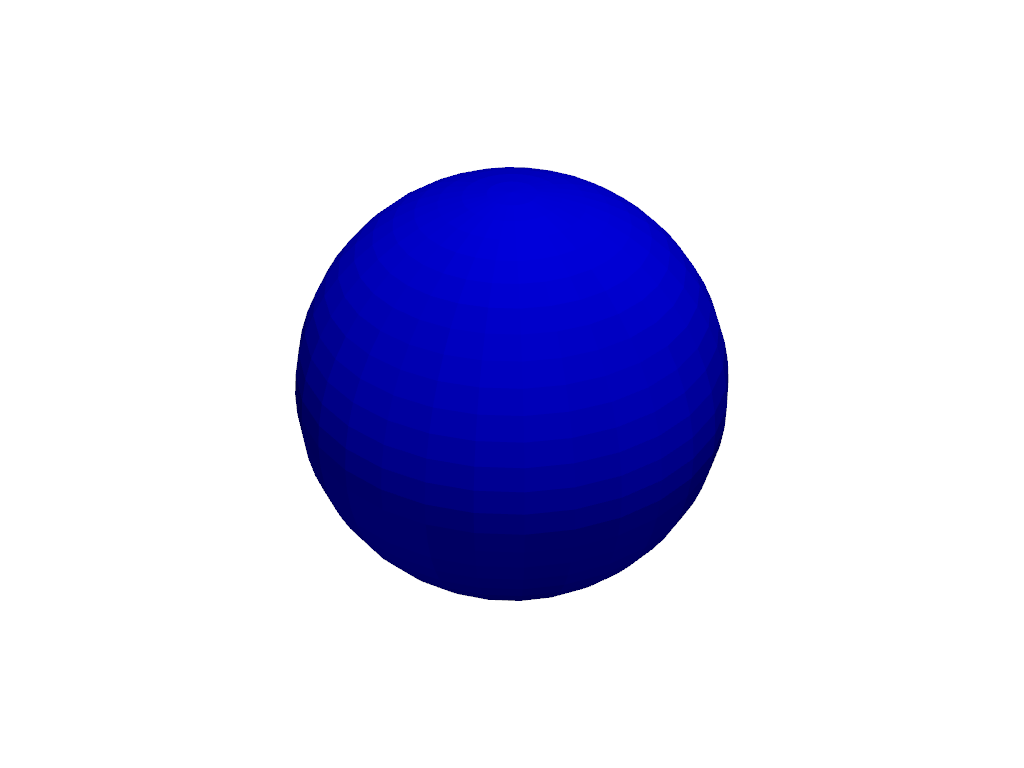pyvista.Actor#
- class Actor(*args, **kwargs)[source]#
Wrap vtkActor.
This class represents the geometry & properties in a rendered scene. Normally, a
pyvista.Actoris constructed frompyvista.Plotter.add_mesh(), but there may be times when it is more convenient to construct an actor directly from apyvista.DataSetMapper.- Parameters:
- mapper
pyvista.DataSetMapper,optional DataSetMapper.
- prop
pyvista.Property,optional Property of the actor.
- name
str,optional The name of this actor used when tracking on a plotter.
- mapper
Examples
Create an actor without using
pyvista.Plotter.>>> import pyvista as pv >>> mesh = pv.Sphere() >>> mapper = pv.DataSetMapper(mesh) >>> actor = pv.Actor(mapper=mapper) >>> actor Actor (...) Center: (0.0, 0.0, 0.0) Pickable: True Position: (0.0, 0.0, 0.0) Scale: (1.0, 1.0, 1.0) Visible: True X Bounds -4.993E-01, 4.993E-01 Y Bounds -4.965E-01, 4.965E-01 Z Bounds -5.000E-01, 5.000E-01 User matrix: Identity Has mapper: True ...
Change the actor properties and plot the actor.
>>> import pyvista as pv >>> mesh = pv.Sphere() >>> mapper = pv.DataSetMapper(mesh) >>> actor = pv.Actor(mapper=mapper) >>> actor.prop.color = 'blue' >>> actor.plot()

Create an actor using the
pyvista.Plotterand then change the visibility of the actor.>>> import pyvista as pv >>> pl = pv.Plotter() >>> mesh = pv.Sphere() >>> actor = pl.add_mesh(mesh) >>> actor.visibility = False >>> actor.visibility False
Methods
Actor.copy([deep])Create a copy of this actor.
Actor.plot(**kwargs)Plot just the actor.
Attributes
Return or set the backface property.
Return or set the mapper of the actor.
Return the memory address of this actor.
Return or set actor pickability.
Return or set the property of this actor.
Return or set the actor texture.
Return or set the use of actor's bounds.
Return or set actor visibility.